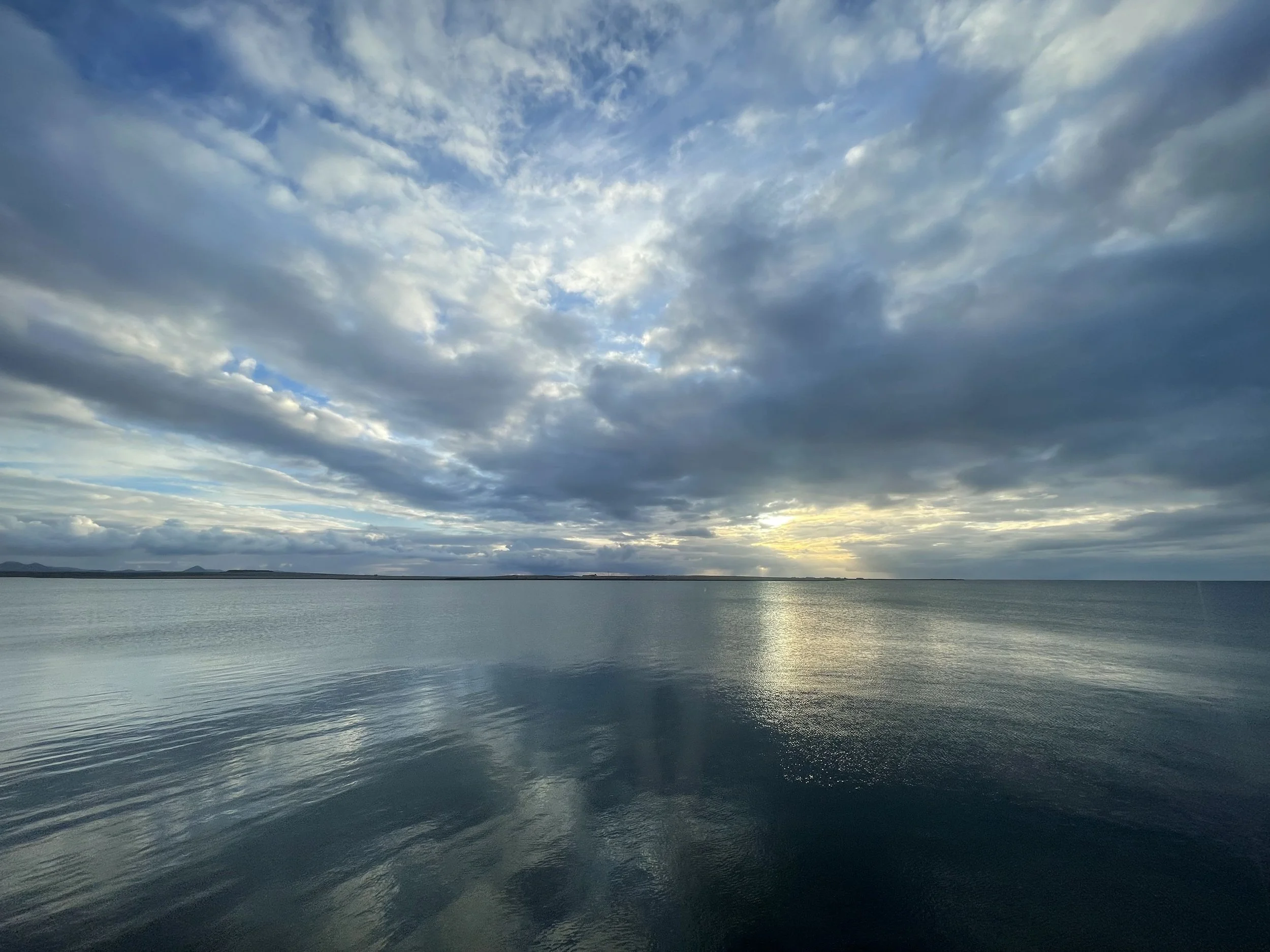The Case for Multifaith Education
Education that Really Means Something
Climbing a Holy Mountain for Peace
Interfaith Dialogue Flowering in Mexico
Learning to Build Interfaith Community
TIO in Canada
“Interfaith Seminaries” Chart New Territory
Animating Interfaith Culture for 5000 Teenagers a Year
Creating the Order of Universal Interfaith
Parliament of the World’s Religions Webinars
When Interfaith Activists Face Violence
Shinnyo-en Memorial Ceremony Draws 40,000
More than 40,000 converged on a beach in Hawaii to witness and participate in Tōrō Nagashi, the floating lantern ceremony on Memorial Day this year. Millions more witnessed it on television and the internet. Veterans, city officials and state legislators, clergy from various traditions, and thousands of children, gathered at Ala Moana Beach Park on O’ahu’s south shore at dusk Monday, May 28. They joined in a day of memorial observances culminating in 3,300 lantern-bearing paper boats floating into the sunset with prayers for lost loved ones and for peace.[Ala Moana Beach Park on Memorial Day 2012]
Europe - Vision of Living Together in Diversity and Harmony
Interfaith Relations: Do the Math!
Albert and Tony were best friends who grew up in each other’s homes. Albert’s Jewish mother sent him off to school each day with the question, “Albert, do you have your books?” Tony’s Italian mother sent him off to school each morning with the query, “Tony, do you have your lunch?”
Healing as an Interfaith Practice
What’s Right with this Picture?
The Power of Interfaith-Based Community Organizing
“Community Organizing” made it into national news when Barack Obama’s work history was vetted in 2008. Though the pundits made quick judgments, precious few know about the scope and power that interfaith-based community organizing generates in America today. PICO National Network is one of the largest players. It was founded in 1972 as a regional training institute to help support neighborhood organizations in California through an interfaith congregation-community approach. Rather than bring people together around particular issues such as housing or education, one model, this broad-based approach makes values and relationships the glue that holds community together. Today PICO has 44 affiliated federations, including LA Voice, and eight statewide networks working in 150 cities and towns and 17 states. More than one million families and one thousand congregations from 40 different denominations and faiths participate in PICO.





